Once I started using homemade detergent (or a mixture of regular and soda crystals) I found there was really no difference in the quality of the wash. It’s the temperature and the washing machine’s agitation that does most of the work, the detergent is secondary. What about bio detergent you might ask, does that make regular detergent far more effective? My view is that there is usually no need for the enzymes present in bio laundry detergent because they are killed at higher temperatures. At lower temperatures, you can add some stain remover instead or pretreat stains.
As a long-time user of microfibre cloths to clean my house, my first concern upon switching to homemade detergent was would homemade detergent work for washing microfiber cloths too?
Homemade washing detergent cleans microfiber cloths very well. If you have made a batch of homemade detergent for washing your regular laundry there is no need to switch to anything else for washing your cloths. Always wash your cloths on their own and choose an intense cycle. Don’t overload your machine. Never use fabric conditioners or bleach because they will damage the tiny fibers.
Heads up: I sometimes use affiliate links. When you click these links and make a purchase, I may get a small commission. It won’t cost you anything but it helps me to run this site.
Can you wash microfiber cloths with regular detergent?
Yes, it is perfectly fine to use regular detergent to wash your microfibre cloths. For best results avoid using too much detergent and don’t overload the washing drum. You can safely use bio or non-bio detergent liquid or powder.
It is possible to buy special detergents specifically formulated for cleaning microfiber cloths. But, in all the years I have used microfiber, I have never used them!
It seems that the microfibre detergent you can buy is best for cleaning cloths that have been used for especially grimy and oily tasks such as cleaning cars. Since I use my cloths primarily for cleaning and dusting the house, there is no need for it. Regular and homemade detergents have no problem getting microfiber cloths clean so I have always stuck with that.
When I first started using microfiber cloths I would always use regular detergent to clean them. I would gather them up and do a single wash usually once a week. Later on, when I discovered it was possible to make your own detergent, or even replace detergent with an Ecoegg, I started washing my cloths differently.
Why use homemade detergent for microfiber?
Since I switched to alternative detergents such as homemade detergent and Ecoegg. I didn’t see any need to switch back to regular detergent just for washing microfiber cloths.
So, why make the switch to homemade detergent for washing microfibre cloths?
1. It’s more natural
Homemade detergents contain fewer chemicals than regular detergents. However well you rinse there is bound to be detergent residue left on the cloth which can come out again once you wet it. If you are allergic to regular detergents, or you are just trying to reduce chemical usage then you will want to wash your cloths more naturally.
2. Less scent
I have to say that I dislike most of the scents in washing powders. When you wash a microfiber cloth in regular detergent the smell seems to come out more intensely once you wet it. With homemade detergents, you get to choose your own scent by adding your preferred essential oils.
3. It’s better for your cloths
This is my opinion of course, but I do believe that using your own homemade detergent is better for your cloths. Homemade detergent has less chemicals including all the different kinds of surfactants, water softeners, stain removers and fragrances that can cling to the fibres and make them less effective.
4. You can save money
Making your own detergent can work out much cheaper than regular detergents. If you go for the powder version that I talk about later, it is super easy to make and use. I have saved so much money over the years by either using half detergent and soda crystals or homemade detergent.
Why not use an Ecoegg for washing microfiber cloths?
If you follow this blog you will know that I am a big fan of Ecoegg. I have to say that although I love the Ecoegg I don’t love it so much for washing microfiber cloths. The stain removing powers of the Ecoegg isn’t good enough for me. But the main problem is that the higher temperature wears down the mineral pellets much more quickly. They are better used in lower temperature washes such as 30c-40c. I prefer to reserve them for linen and clothing instead and have them last longer.
Homemade microfiber detergent recipe
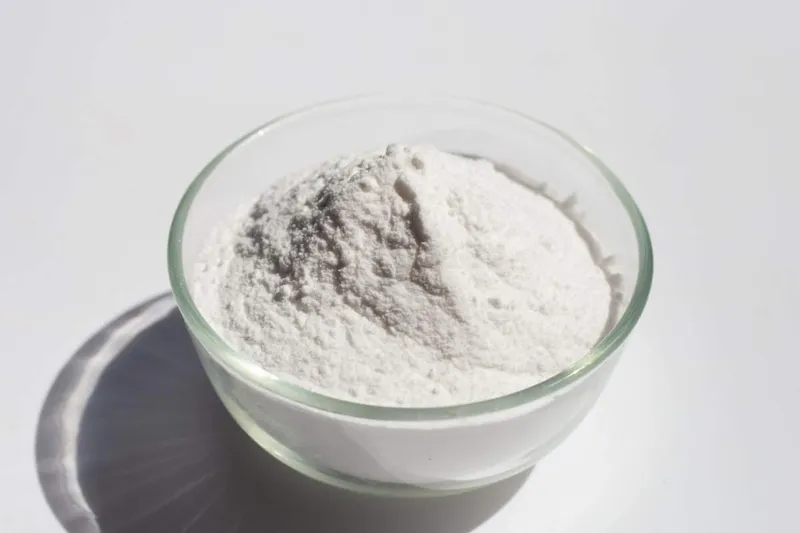
The recipe I quote here is exactly the one I use for washing clothing and linen. If your cloths are stained then you will want to add in a scoop of stain removing powder.
Here’s is the natural laundry detergent I make. I find this the most convenient because it is a powder that you can just throw into the drum.
Ingredients
- Borax
- Washing Soda
- Ivory Soap or Fels Naptha
Method
- Grate one bar of soap
- Mix the grated soap with one cup of borax and one cup of washing soda crystals
- Store in an airtight container
Add about 1/4 cup per washing load. For extra cleaning power and whitening add one scoop (about a tablespoon) of stain remover such as Oxiclean.
If you can’t get hold of borax or prefer not to use it, simply double up on washing soda crystals instead. I always use double soda crystals because borax is banned from sale here in the UK.
If you like some added fragrance in your wash add a couple of drops of essential oil to the fabric conditioner compartment.
Related reading:
- Can You Use OxiClean On Microfiber Cloths?
- 10 Frugal Laundry Day Hacks To Make Your Washing Days Easier and Cheaper
- Do Soda Crystals Kill Bacteria?
- How To Do Your Laundry (almost) For Free (and still get a great wash)
How to clean microfiber cloths with homemade detergent
The method of washing microfiber cloths is quite different from washing normal laundry. Usually, the cloth has been used to clean up dirt of some kind which is rather different from clothing that has been worn in a normal way.
If the cloths have stains add in a scoop of stain remover along with your homemade washing powder.
Here are the directions for washing your microfiber cloths in each type of washing machine.
Instructions for a top loader
- Select a warm cycle with the longest and most intense washing cycle that you have available.
- Add your homemade washing detergent.
- After agitating for 5 minutes, pause the wash for 15-30 minutes to allow the cloths to soak and loosen the dirt.
Instructions for HE (High efficiency), front loader
- Choose a warm intense cycle. Avoid the ECO cycle (especially if your cloths are very stained). ECO cycles tend to use less water.
- Add your homemade washing detergent.
- After about 5-10 minutes pause the wash cycle. Let the cloths soak for 15-30 minutes to help loosen grime.
- Restart the washer and allow the cycle to run until the end.
Tips for washing microfiber cloths in homemade detergent
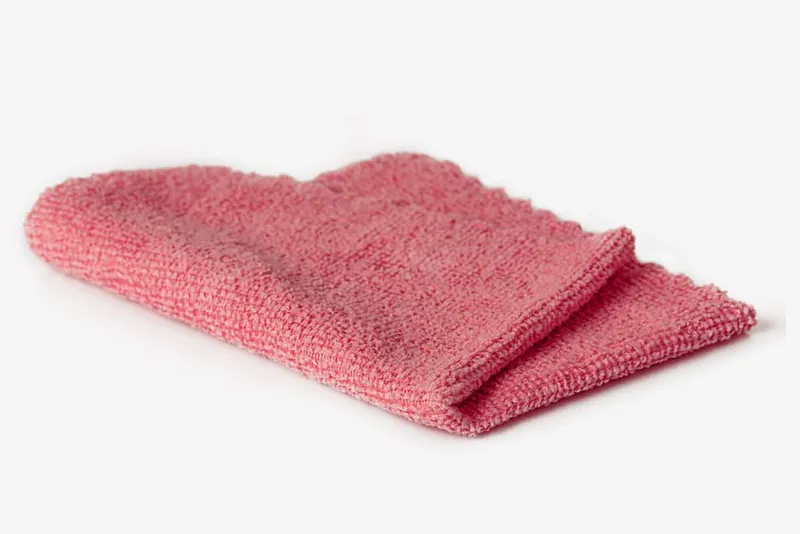
Always wash your cloths in a separate load
Microfiber cloths need to be washed differently from your normal laundry. Usually, you will want to use a longer hotter cycle which would not be suitable for everyday clothing. Cloths can pick up lint which will be deposited on your clothing.
Never use bleach or fabric softener
Bleach will ruin the tiny fibers in your cloths making them less effective for cleaning. If your cloths have stains add a scoop of stain remover to your wash. To kill pathogens use a hot wash.
Don’t overload the washing machine
Washing machines, especially the high-efficiency machines work best when they are roughly 70% full. There should be space at the top to put your hand in vertically.
Choose a hot or warm washing temperature
You should check the washing directions for your particular microfiber cloths but usually, it will be safe to wash them up to 60c (140f). Using a higher temperature than 60c could damage the fibres by melting them together which would make them less effective at picking up dirt and dust.
Use a long cycle
The longer you wash your cloths the better the cleaning result will be. Choose the most intense cycle that you can with the highest water level. The more intense the cycle the greater the penetration of the washing detergent will be.
Presoak if very soiled
If your cloths are very soiled presoak your cloths by selecting the presoak option on your machine or pausing the washing cycle after the first few minutes of agitation.
Air dry if you can
Microfiber cloths can absorb up to 7 times their weight in water. Conversely, they can also dry very quickly. If you can, hang them outside to dry or on an airer inside. If you have to use a tumble dryer select the low heat setting to avoid damaging the fibers with too much heat.
Frequently asked questions
Is Dawn dish soap safe for microfiber towels?
Yes, it is safe to use dish soap with your microfiber cloths. You can use dish soap to treat stains on your cloths. Simply rub a couple of drops into the stain before you add them to your washing machine.
Related reading – How to Make Biodegradable Dish Soap the Natural Way
Can you use vinegar with microfiber cloths?
Vinegar works brilliantly as a fabric softener, plus vinegar can also help to kill bacteria in your wash. Add a half cup of white distilled vinegar to the fabric conditioner compartment of your washing machine. Vinegar will also help to clean the insides of your washing machine too. If you are wondering whether you should use vinegar or bleach to clean your washing machine, here is your answer.

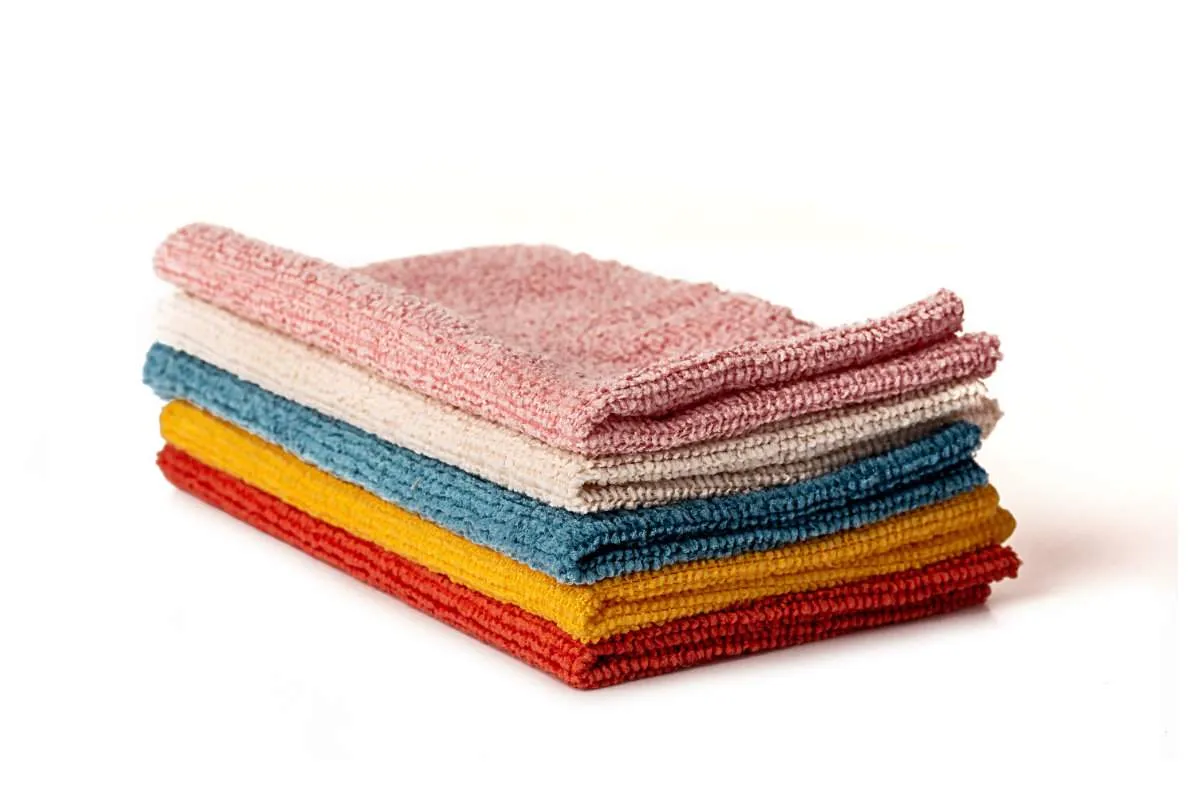




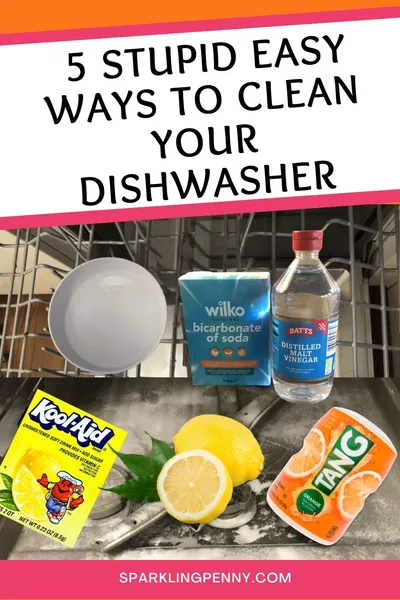
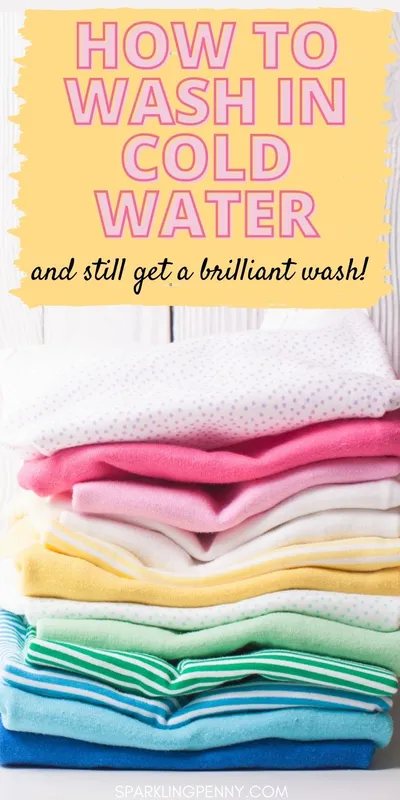

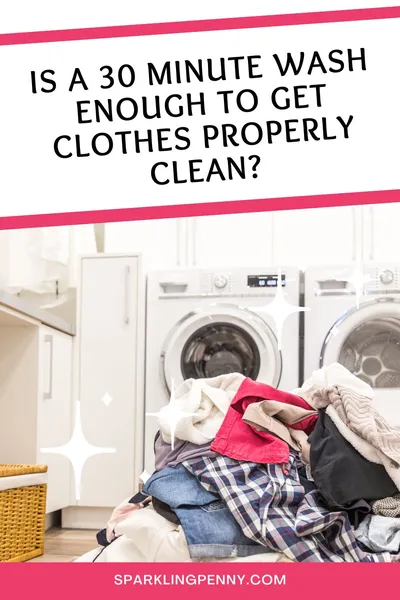
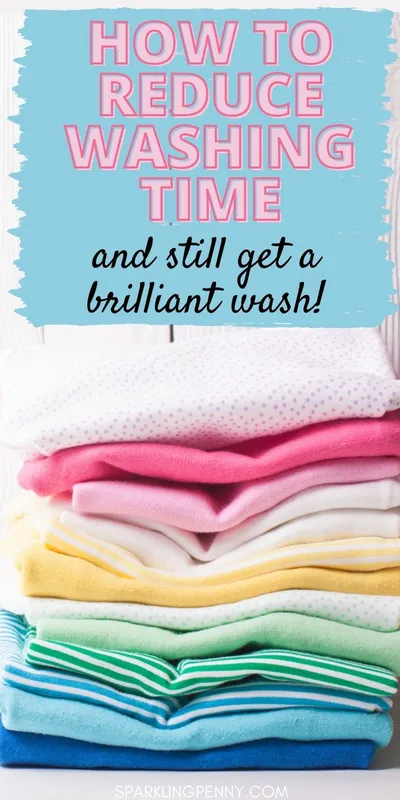

Share your thoughts
Your email address will not be published. Required fields are marked *